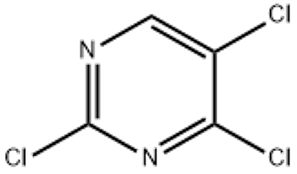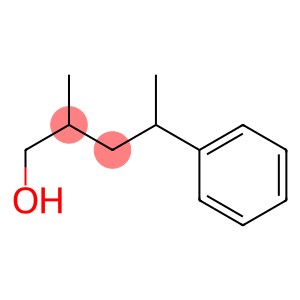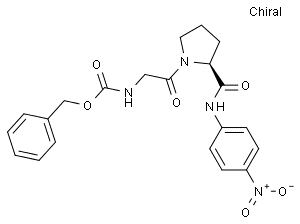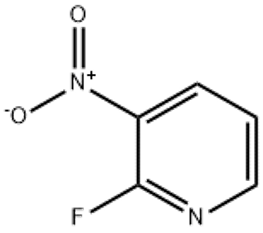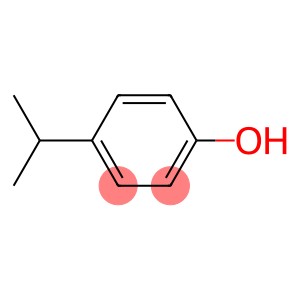2 4 5-Trichloropyrimidine(CAS# 5750-76-5)
| Hazard Symbols | Xi – Irritant |
| Risk Codes | 36/37/38 – Irritating to eyes, respiratory system and skin. |
| Safety Description | S26 – In case of contact with eyes, rinse immediately with plenty of water and seek medical advice. S36 – Wear suitable protective clothing. |
| UN IDs | 3267 |
| WGK Germany | 3 |
| HS Code | 29335990 |
| Hazard Note | Irritant |
| Hazard Class | 8 |
| Packing Group | III |
Introduction
2,4,5-Trichloropyrimidine is an organic compound. The following is an introduction to the properties, uses, preparation methods and safety information of 2,4,5-trichloropyrimidine:
Quality:
- Appearance: 2,4,5-Trichloropyrimidine is a colorless crystal or white crystalline powder.
- Solubility: It is almost insoluble in water and soluble in organic solvents.
- Stability: 2,4,5-trichloropyrimidine has good chemical stability and can be stored at room temperature for a long time.
Use:
- Insecticides: 2,4,5-trichloropyrimidine is widely used as an insecticide to control weeds in field crops, fruit trees, and vegetables.
- Mimics: It can also be used as a mimetic to study pyrimidine metabolism and breakdown mechanisms.
Method:
2,4,5-Trichloropyrimidine can be obtained by the reaction of 2,4,5-trichloropyridine with carbamate. The specific preparation method is as follows:
1. In the appropriate reaction vessel, add 2,4,5-trichloropyridine.
2. Add urethane to it.
3. The reaction is carried out according to the specific reaction conditions, which usually needs to be carried out at the appropriate temperature and reaction time.
Safety Information:
- 2,4,5-Trichloropyrimidine has certain toxicity and should be avoided from contact with the skin and inhalation of its dust.
- Wear protective gloves, face shields, and goggles when using 2,4,5-trichloropyrimidine to ensure safe handling.
- When used, it should be placed in a well-ventilated place to avoid excessive exposure.
- When storing 2,4,5-trichloropyrimidine, it should be isolated from other chemicals and avoid ignition and high temperatures.


